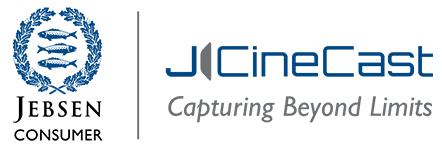Angénieux EZ Lenses: A Definite Choice for Handheld
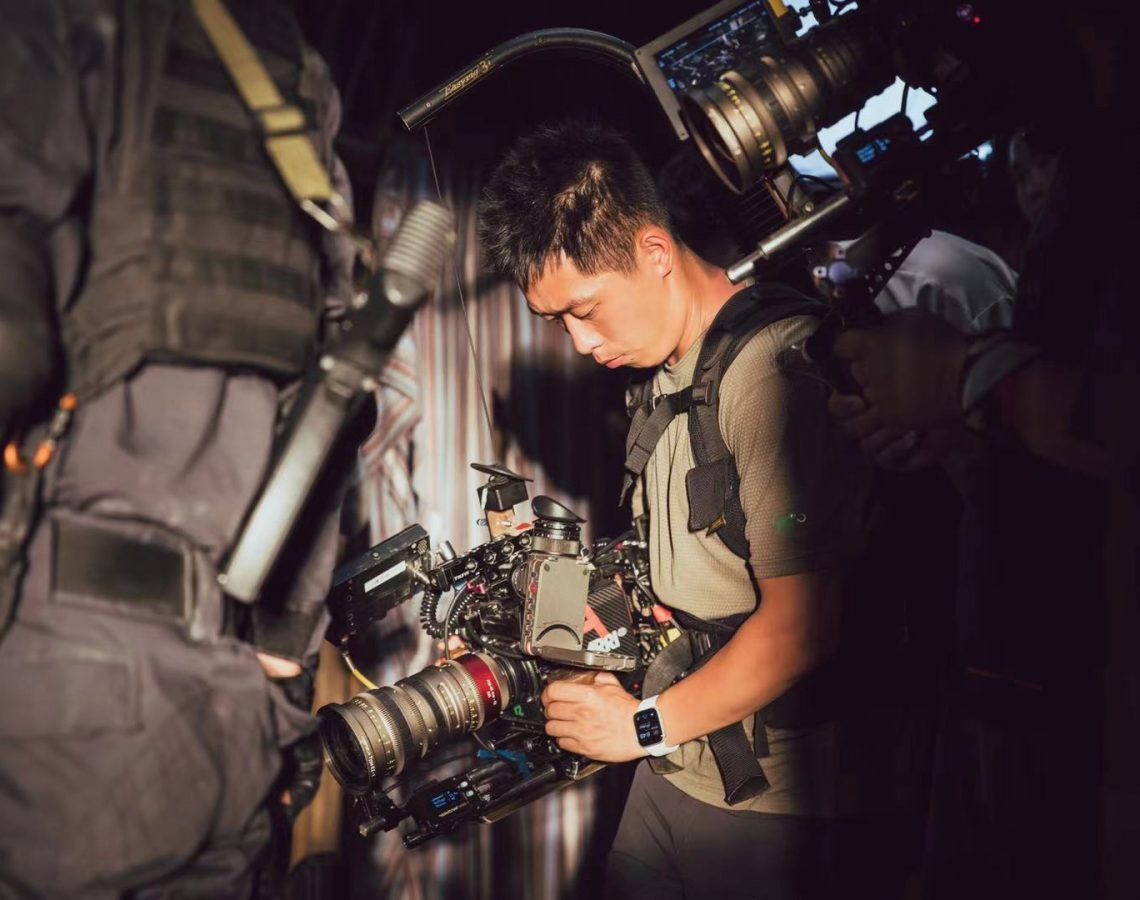
Recently, the web series “The Imperial Coroner” stood out from its many rivals, winning recognition of the audience by the sophistication in production and film-like image quality, despite the absence of celebrities with huge fan bases and large-scale promotion campaigns.
We are honoured to interview DP Li Bo, the cinematographer of this web series, who shares his journey of cinematography with us.
Could you please introduce a bit about your career experience?
As an undergraduate, I was studying at the Department of Cinematography of Beijing Film Academy (BFA) for 11-year without a break and completed my master and doctoral degrees. BFA puts quite an emphasis on practice, so we got many opportunities to assist our professors in filmmaking and intern onset. I applied for many frontier programs for international exchange during my bachelor and master years, which exerted a certain influence on my doctoral research. That is why, when studying for a doctoral degree, I went to Chapman University in the United States as a visiting scholar, to conduct a comparative study on Chinese and American film education.
Cinematography, as a major, values practice a lot, so I spent most of my time on this. I’ve only started participating in film and TV programs officially as DP after getting my PhD. Now I have five or six projects completed.
Apart from being a cinematographer, I have been involved in teaching-related activities, like I taught the classes of BFA Department of Cinematography, participated in Nanlite Open Days and onset training courses for new programs.
My academic experience meant a lot to my creative practice, especially on my creative ideas. So, I hope that my classes could be inspiring to my students. In all those different curriculums attended by different students, I have to keep abreast the most cutting-edge technologies and learn how to shoot flexibly under everchanging restricted circumstances. This process is beneficial to both my students and me, which very well feeds my creation.
What factors do you usually consider for the filming equipment, lens and accessories to be used at work?
The shooting circumstances vary for each project. I’d always use some equipment that works well for all and then select others that suit the specific project.
The main lens would be selected based on the contents and style of the work. Is it a vintage look that we want? The vibe of which decade should it give? Or should it be modern? Is it a story about school years or city life? Are there many scenarios at night? Or are any special effects needed? So on and so forth.
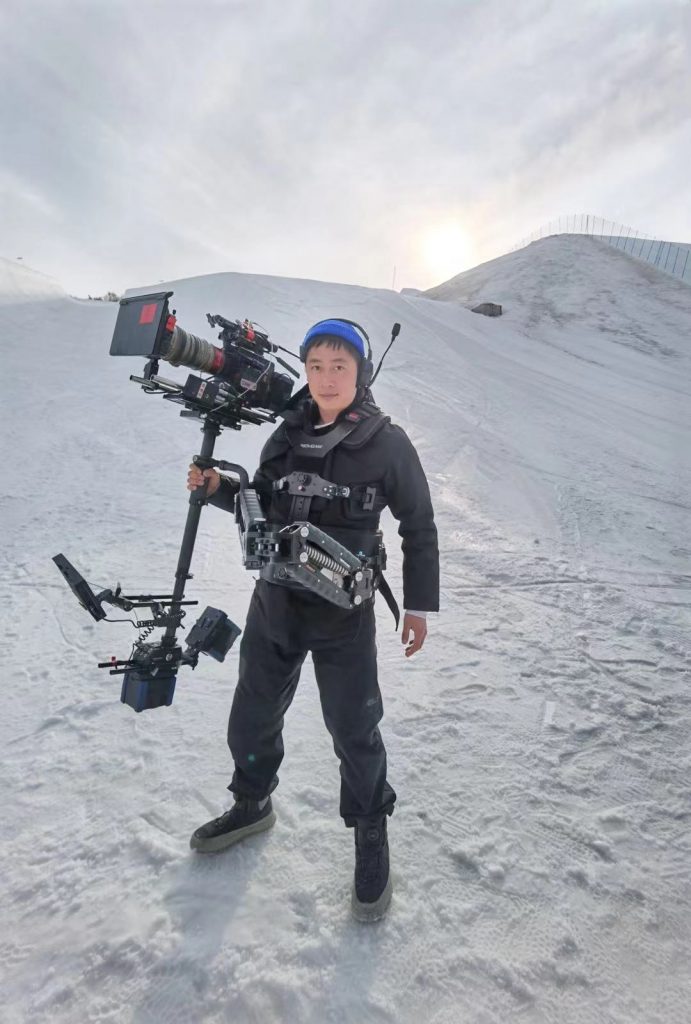
Thanks to the rapid development of digital technology, some differences in lenses, like colour and contrast, can be adjusted in post-production, while some, like glare, distortion, maximum aperture and bokeh, are created in the shooting.
Most programs I’ve worked on have to use the camera with DJI Ronin 2 handheld stabilizer, in handheld, vehicle-mounted and crane shooting scenarios. Under these conditions, zoom lenses are a working-for-all option that can remarkably improve the work efficiency at the shooting sites.
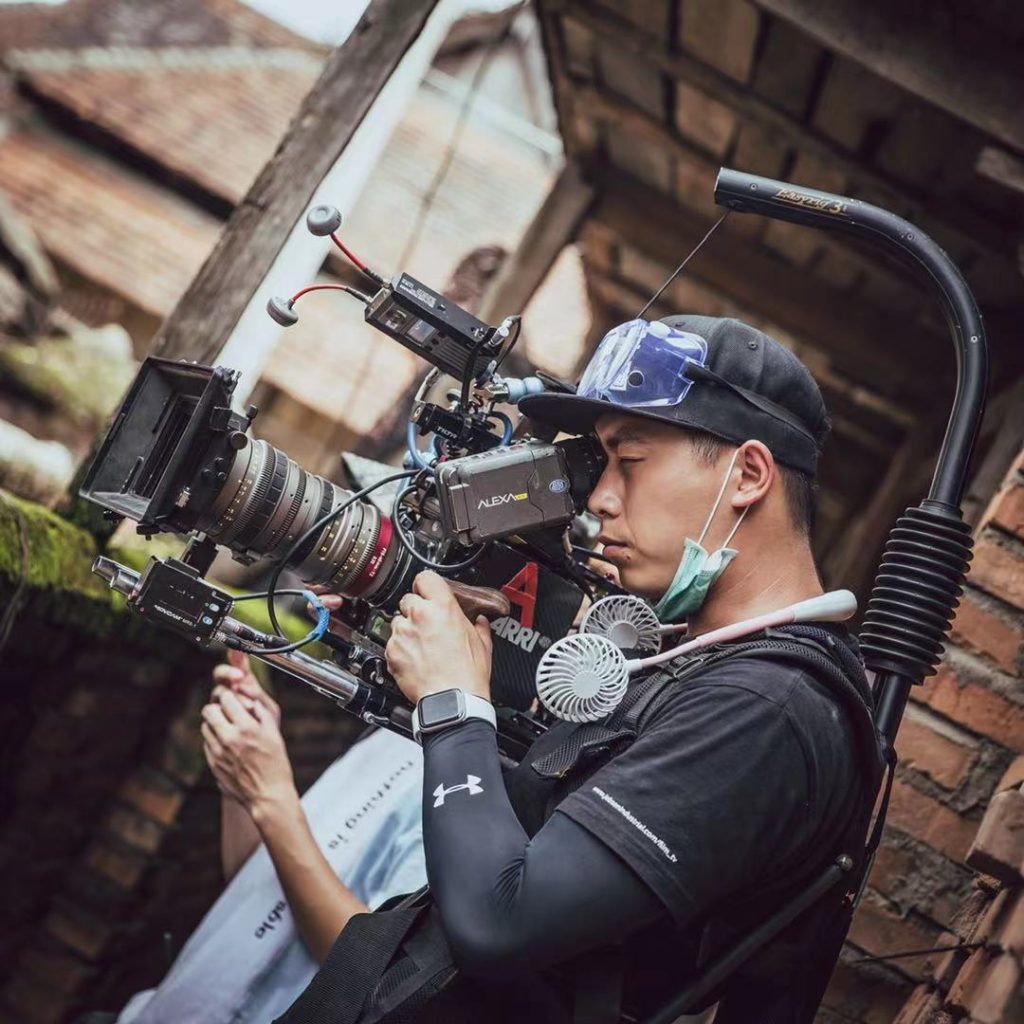
For example, if I use prime lenses with Ronin 2, the levelling is needed whenever the lens is changed and that uses a lot of time. It is not allowed in most shooting schedules. Therefore, a set of compact and flexible zoom lenses is a must to suit all different needs.
I often use shoulder rigs when there is a lot of fighting scenes in costume, war or crime plays. Again, zoom lenses can greatly improve my work efficiency for these scenes.
It is noticed that Angénieux EZ lenses were used in many of your works. What was your first impression of the lenses and what prompted you to use them in the first place?
Angénieux is a definite choice for professional cinematographers when we’re talking about zoom lenses. Since as far as I know, Angénieux has continued to focus on the research and development of zoom lenses and Optimo 24-290 mm, 28-340 mm lenses have always been the essential equipment in the zoom lens kits of high-end filmmakers.
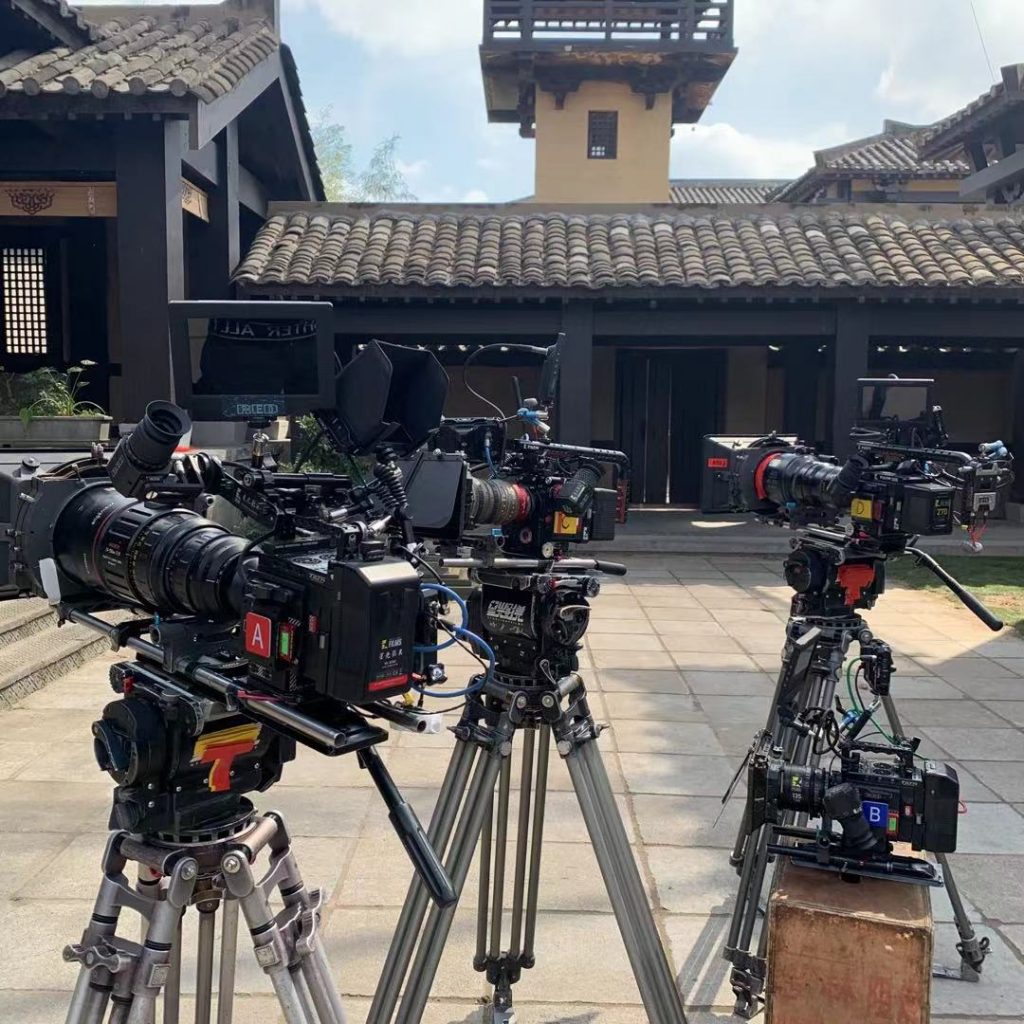
I learned about the Angénieux EZ Series from the BIRTV Exhibition (Beijing International Radio, TV & Film Exhibition) years ago.
What fascinates me most is its design of interchangeable frames:
All I have to do is to change a part of the lens so that the S35 can be turned into full-frame format.
Full-frame digital cameras are now widely used in the market and all the brands are offering mature full-frame cameras. However, the development of lenses is lagged, especially zoom ones. We do not have many choices in this regard. I probably should say that, personally, among the light and compact zoom lenses, Angénieux EZ is my only choice.
Can you tell us in which of your works you used Angénieux EZ lenses?
There are two EZ lenses I used in all my projects in the last two years. Almost every time I used Ronin 2 or shoulder rigs, they’d appear. Up to now, I’ve shot two online dramas, two films and one online film with this series. The EZ series is my workhorse zoom lenses.
What did Angénieux EZ lenses impress you most in shooting?
What’s most impressive must be their feature of interchangeable frames. It is not that I’d change the part in the same project.
Instead, the same set of lenses can be utilized in both S35- and full-frame cameras, which is indeed convenient and reassuring.
It means that I can keep using the same lens set for all types of works, except for anamorphic widescreen pictures. The two lenses can very well cover the common focal lengths, from wide to tele. One lens set can satisfy most shooting demands.
What do you consider when selecting shooting equipment in the era of full frames? And what, do you think, are the advantages of Angénieux EZ lenses in this era?
As I mentioned, full-frame cameras are now in wide use, no matter in film-making or shooting of TV dramas. While in contrast, there are not enough full-frame lenses in store.
We do not have many choices of prime lenses, and even fewer zoom ones. Though the widespread of full-frame cameras improve DOF performance and image quality, we still need the lenses to support the development.
When the camera is mounted on the remote head or stabilizer, compact zoom lenses are the most convenient choices. However, there are not many compact zoom lenses that can satisfy full-frame coverage at present.
Angénieux EZ lenses can be used on both S35- and full-frame cameras. This is quite an advantage, this is the reason why I’m using it all the time.
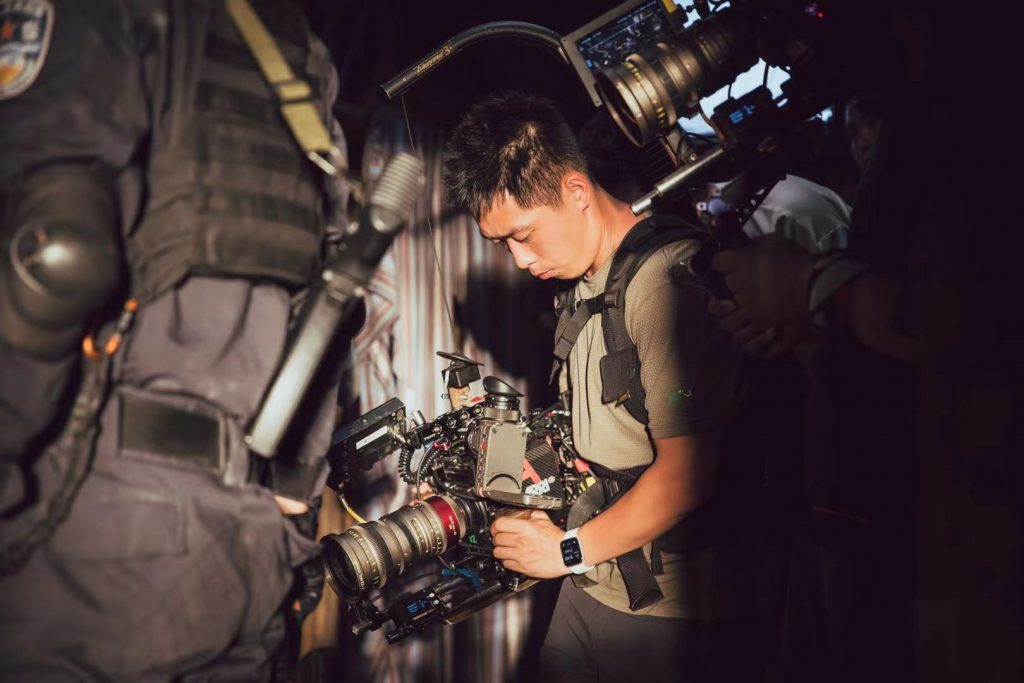
Special thanks to Beijing Digital Technology Co, Ltd and photo courtesy of Li Bo.
